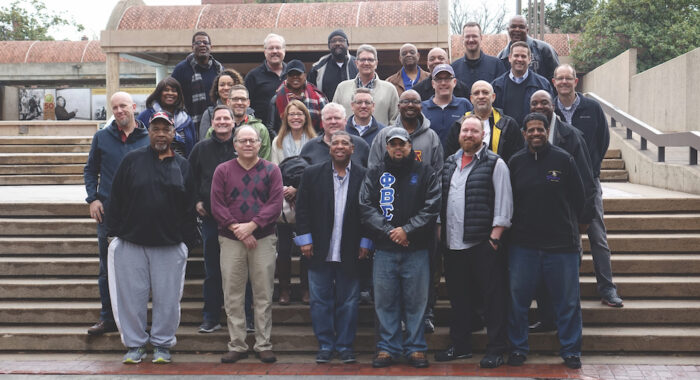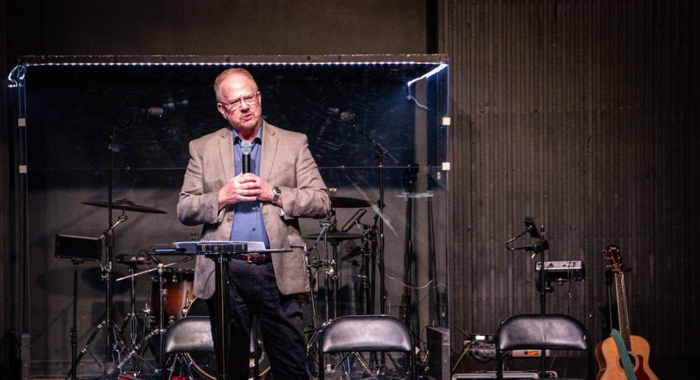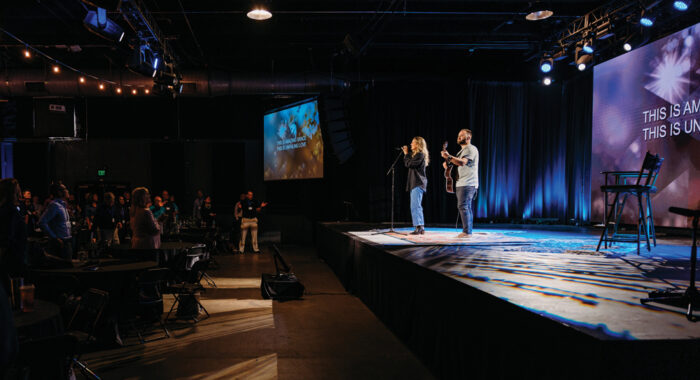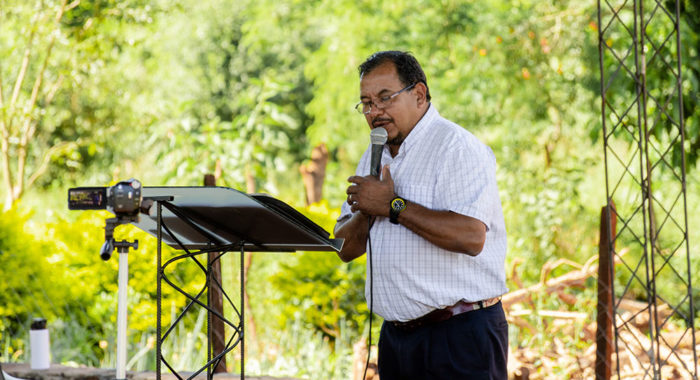Randy Cantrell is a sociologist and professor at the University of Nebraska – Lincoln and an extension specialist at Rural Futures Institute and Center for Applied Rural Innovation. Prior to joining UNL, he had a 17-year career with Cooperative Extension at the University of Minnesota. He also served as director of Minnesota’s State Data Center. Cantrell received his B.A. in anthropology and economics from Michigan State University, M.S. in labor studies from the New York State School of Industrial and Labor Relations, and Ph.D. in development sociology from Cornell University.

Still, for most purposes, the intuitive concept of rural is sufficient, and the statistical nuances of a definition can be left to the statisticians. At the simplest level, two characteristics seem to be of primary relevance. First, a rural place is small, often with a population that can be counted in hundreds rather than thousands. Second, a rural place is also relatively isolated, being far enough from a large population center that a commuting labor force is unlikely and access to urban amenities is logistically difficult.
Satisfaction Rates
Since 1996, the University of Nebraska has conducted an annual survey involving about 2,000 nonmetropolitan households. The Nebraska Rural Poll has documented differences between large communities and small communities. First, there are the obvious ones such as shopping and dining choices, entertainment and housing options, health care and other services. All are more readily available in a larger community. And, when we ask about satisfaction with those things, the larger the community, the greater their reported level of satisfaction.
However, when we ask about less tangible aspects of life, such as family time, relationships with neighbors, environment for children, free time and environmental quality, reported satisfaction tends to be higher in more rural locations. In this case, the smaller the community the higher the level of reported satisfaction.
In the main, both rural and urban residents indicate that they like it where they are. But, for advocates of rural life, there is a kind of moral victory in these documented differences in satisfaction. Rural residents — it can be argued — express satisfaction with things that are seen as being of greater intrinsic value than the more consumer oriented amenities that satisfy urban residents. However, it’s not quite that simple, and there may well be an accompanying downside to these observations.
Interaction With Others
What best distinguishes day-to-day life in small rural places is the ubiquitous nature of interactions with known others. This is perhaps best exemplified by the small town habit of waving at everyone who passes. In small places it is likely that the shopkeeper with whom one does business will be seen again in church, at school functions, at the grocery store, the slow pitch game and the café. Beyond knowing individuals by name, it is also likely that one will know biographical details of that individual.
Compare this to interactions in an urban environment, which are much more likely to be role based and involve no personal familiarity. The person with whom one does business is more likely to be identified by company clothing, logos and I.D. tags than to be known by name. Role-based interactions are generally efficient and effective, but they do not carry with them the social bonds and sense of community generated by interactions with known others.
On the other hand, residents of the smallest communities are less likely to accept the proposition that the community in which they live can influence its own future through collective effort. One-third of survey respondents from communities with fewer than 500 residents report that meaningful self-directed community change is not possible. They are also more likely to agree that individuals are powerless to affect their own conditions and future. These attitudes argue against successful rural development efforts and are unlikely to align with the opinions of community leaders attempting to introduce positive changes.
Finally, the Nebraska Rural Poll of 2006 found that the residents of very small communities were less accepting of new residents in general and of immigrants in particular than were their more urban neighbors. This was true despite their general agreement that population decline was a serious problem for such communities. The apparent dysfunction in those two opinions can best be described as an issue of trust. Newcomers, who arrive without a known biography, are simply regarded with suspicion.
Implications for Churches
For rural churches, these documented characteristics of small town residents could prove to be instructive. Certainly, the church plays a special role in rural places, often providing the best or even the only facility available to host community events and discussions. Throughout rural America, churches serve as gathering places for secular youth groups, polling places, community development discussions and more.
Even given the central place of the church as a community institution, a pastor receiving a call from a rural congregation may not necessarily find that their role in the larger community is accepted on face value. A pastor of any local church should understand the social, cultural and economic environment of that community.
For example, while new pastors may be a bit reticent about sharing their biographies with strangers, not doing so may make it difficult for a community that is hesitant to welcome newcomers. It may seem a bit odd for pastors to prioritize sharing details about their lives, family origins and personal interests, but it is actually an important part of successful assimilation into a small and tightly bonded population. In rural communities, credibility and legitimacy come more from biography than role.
This article originally appeared in Evangelicals magazine.



 View All Articles
View All Articles 




























